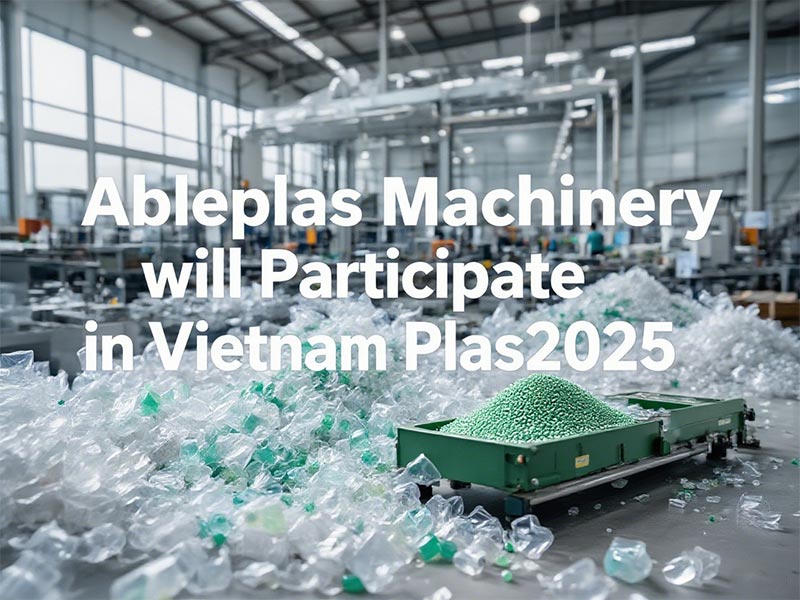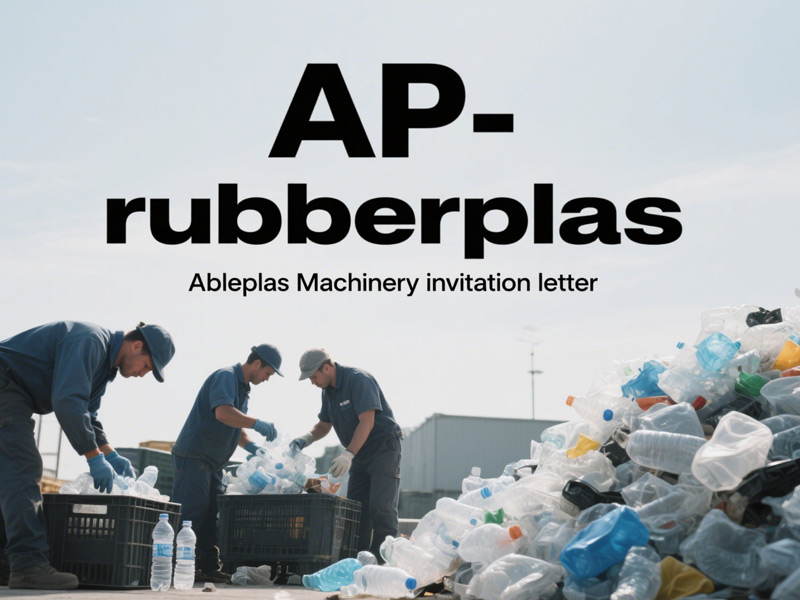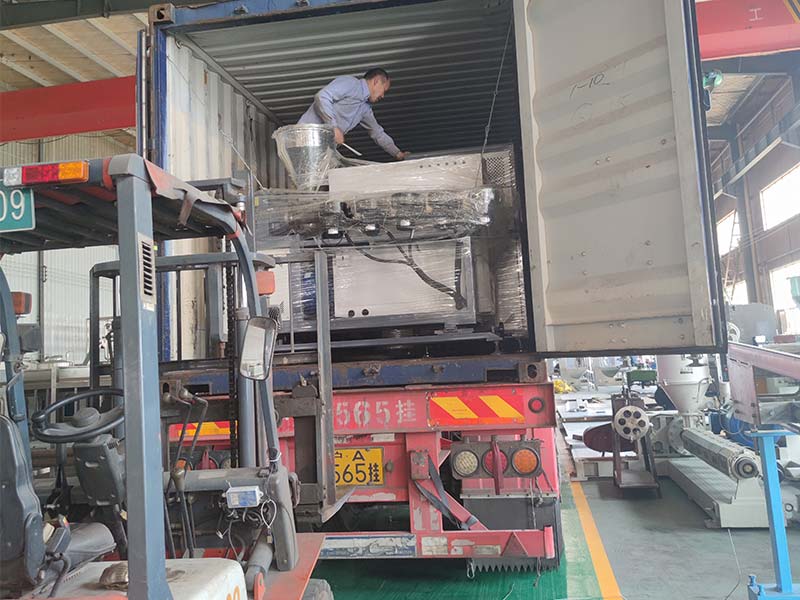Within the most widely used kinds of plastic in the current society is polypropylene (PP). It appears in everything, from textiles and medical supplies to food containers and automobile components. But an essential issue comes as concerns over plastic waste rise: Is PP plastic recyclable?
What PP plastic is, where it's used, how it's recycled, and how it impacts sustainability is addressed in this article. It also highlights how well plastic recycling machinery allows polypropylene recovery to be achieved.
Keypoints- Polypropylene (PP) is a versatile and recyclable plastic (recycling code #5) found in packaging, automobile parts, and medical supplies.
- To produce reusable material, PP recycling includes in separating, shredding, washing, drying, and pelletizing.
- PP that is recycled can be used to make fresh products like bits for cars, construction supplies, and furnishings.
- While contemporary gear increases efficiency, contamination and sorting challenges make PP less often recycled than PET or HDPE.
- When PP is recycled, carbon emissions are lowered, energy is saved, and landfill waste reduced compared to virgin plastic manufacture.
- By transforming plastic trash into useful raw materials, investing in PP recycling enhances sustainability and provides economic benefits.

What Is PP Plastic?
Propylene gas may be converted into polypropylene, an useful polymer. Its chemical structure is C₃H₆. Usually related to recycling code #5, it is sought for limited moisture absorption, chemical resistance, and durability.
Characteristics of PP Plastic Material
PP plastic are not only light but also strong, heat, chemical, and tired struggle, easily moldable, non-toxic and food-safe material.
Due to these characteristics, PP plastic material is among the most versatile materials that are employed in today's world.
What Is PP Plastic Used For?
The many uses of PP plastic have led to its widespread application across a variety of sectors. Common polypropylene applications include:
- Packaging yogurt cups, bottle caps, and microwavable containers
- Bumpers, dashboards, and battery casings, automotive
- Syringes, pill containers, and medical trays that are used in medical settings
- Fabrics that are not woven, such as those utilized for face masks and carpets
- Furniture, boxes for storage, and kitchenware are typical everyday products.
Hard Polypropylene
A hard polypropylene is a rigid kind of polypropylene that is injection-molded and utilized in industrial applications such as the following:
- Equipment for Boxes
- Tanks resistant to chemicals
- The cargo packaging and pallets
- Highly recyclable and ideal for mechanical recovery are specific types of PP.
Is PP Recyclable?
PP actually is recyclable. Issues with contamination and collection make it less popular for recycling than PET (#1) and HDPE (#2). Nevertheless, the recycling of polypropylene (PP) is becoming easier and everywhere as a result of growing spending in process gear that for plastic recycling.

What Types of PP Plastics Can Be Recycled?
Products made of recyclable polypropylene include:
- Closed packaging
- Plastic buckets and pallets
- Industry containers
- PP films are made of a single material (if they are clean and organized).
- Components made of hard polypropylene are used in electronic devices and automobiles
For recycling, contaminated or composite PP materials could call for further sorting or particular equipment.
Recycling Process of Polypropylene
The following stages are typically included in the polypropylene recycling process:
- PP plastic waste generated post-consumer and post-industrially is collected.
- Manual or automatic systems sort PP separate from other polymers.
- By using plastic shredders, PP plastic is shredded into smaller bits. The procedure is known as shredding.
- Washing removes food residue and contaminants such as labels.
- High-efficiency dryers assist in ensuring PP flakes dry swiftly.
- The melting and transforming of the flakes into uniform PP pellets is pelletizing.
- These pellets are then put to use in the manufacture of novel products that are based on polyethylene (PP).
Designed for handling PP and other thermoplastics with the highest capacity and unchanged quality, modern plastic recycling lines are highly automated and modular.
Collection and Sorting
At the beginning of the recycling process for PP plastics, collecting and sorting are very crucial.
The people who recycle will get PP objects labeled with a ♷ symbol (recycling code 5) from puts like home garbage and industrial waste. They will then sort them properly with both hand-sorting techniques and automated machines such as near-infrared spectroscopic sorting machines.
In addition to separating the different parts by the use of flotation with density variations, with particular emphasis on removing pollutants such as metals, labels, and other comparable substances.
These laborious sorting procedures set the norm for the following recycling process and the division of colored PP plastics.
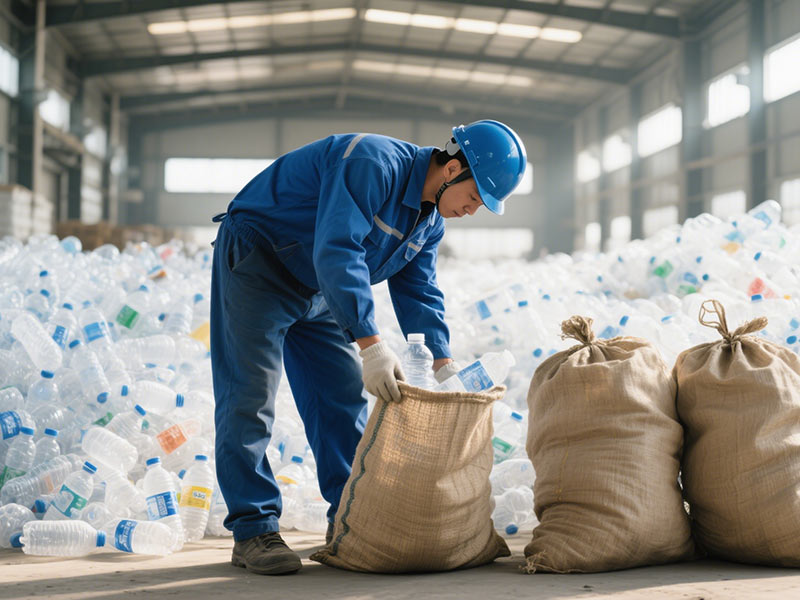
Shredding
Shredding the PP plastics into tiny pieces prepare it for washing and melting after sifting.
For cleaning and processing, large plastic items like containers, drums and containers are broken down into tiny flakes or fragments. Often starring wear-resistant blades, adjustable-speed motors, hydraulic feed systems, and metal detectors to remove foreign material, these machines can handle large items and thick-walled polymers.
This stage ensures unchanged particle size, therefore enhancing downstream efficiency.
Washing
Various kinds of elements complied to the surfaces of shredded PP chips need to be removed slowly to ensure quality for their subsequent use. Deep cleaning is an important part of the PP plastic recycling process to ensure the quality of the produced recycled products.
The unique design of our floating Washer allows for the elimination of oil, label residue, and other pollutants from PP chips in a successful way. This is achieved by a combination of density separation and mechanical cleaning processes.
Features of Floating Washers:- Utilize density difference to independently separate PP from pollutants, reaching a removal rate over 98%.
- Mixing mechanical friction and multi-directional spray for thorough cleaning
- Available are outputs that can be customized.
These polypropylene are hot air dried following thorough washing to remove all contaminants.
Drying
The vibrating screen and centrifuge process is used to remove surface moisture prior to deep dewatering, thus reducing the moisture content of the material to less than 8% for high performance drying.
During the first dewatering, 90% of the surface water is removed by the high frequency vibrating screen. This is followed by a second dewatering process using horizontal centrifuges for deep dewatering to reduce the moisture content to 8%.
Pelletizing and reprocessing
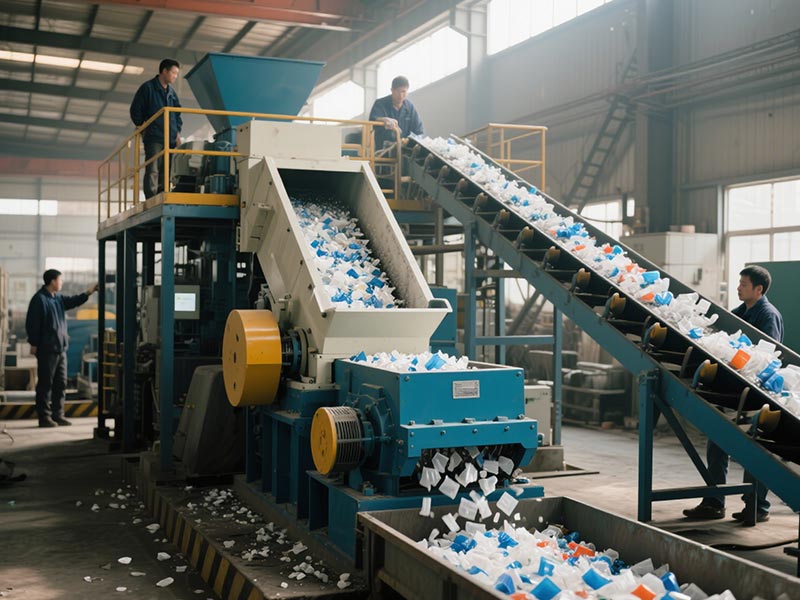
A plastic pelletizing line dissolves and discharges clean PP flakes into uniform pellets. New PP products are made using these pellets as raw material.
The underwater pelletizing system with fully enclosed water circulation cooling is ideal for producing high-quality recycled PP pellets. after the extrusion through the die, the molten PP material is immediately cut by the rotating blade and quickly cools and formed in the water to generate uniform, smooth pellets.
What Can Recycled Polypropylene Be Made Into?
A wide range of new goods can be generated from recycled PP plastic (rPP), including:
Automobile parts (both internal panels, bumpers)
Construction parts (insulation boards, drainage pipes)
Containers and packaging films
Home products (bins, instruments, decor, cupboards)
Textiles (non-woven fabrics and rugs)
This circular use of PP greatly reduces demand for virgin plastics, helps to save resources, and reduces greenhouse gas emissions.
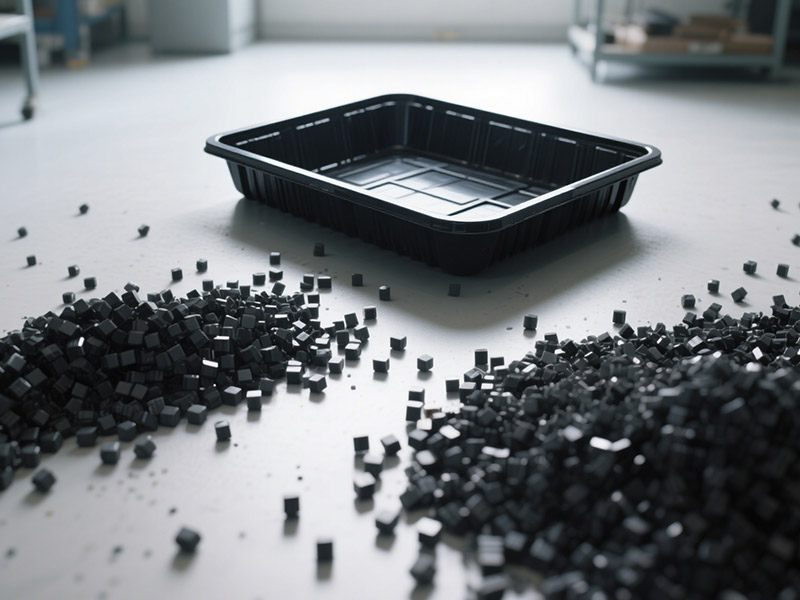
The Environmental Impact of PP Recycling
Recycling polypropylene (PP) plastics is vital as far as the environment is concerned. By recycling, we can significantly reduce the environmental harm caused by plastic waste, while also reducing the use of new plastics. Not only does this approach significantly reduce carbon emissions, thereby mitigating climate change, but it also reduces the amount of energy needed to manufacture new plastics.
Recycling PP plastics not only reduces the burden on landfills, but also extends the life of the plastic, resulting in the sustainable use of resources.
These benefits to the planet constitute the ecological value of plastics recycling, and are an effective way to create a greener life.
Conclusion
Everywhere is polypropylene, a durable and adaptable polymers with numerous applications in many various industries. Advances in plastics recycling methods have made PP plastic recyclable and able to be walked into profitable secondary products.
Buying a polypropylene recycling line not only helps the natural world by recycling rigid polypropylene boxes and everyday food packaging, but it also saves firms cash by offering them a choice to getting raw materials.
FAQS
1. Is polypropylene (PP) recyclable?
Yes, PP can be recycled using mechanical processes such as shredding, washing, and pelletizing.
2. What products can recycled PP be used for?
Packaging, automotive components, containers, and household goods all discover usage for recycled PP.
3. What does PP plastic mean?
PP, or polypropylene, is a solid, lightweight, resistant to chemicals material.
4. How is PP plastic recycled?
It gets organized, shredded, cleaned, dried, pelletized.
5. Can hard PP plastic be recycled?
In fact, rigid PP goods such as buckets and containers are reusable.
6. Why is recycling PP important?
It promotes sustainability, saves resources, and reduces plastic waste.
7. What machines are used in PP recycling?
Of common machines have been shredders, washers, dryers, and pelletizers.
